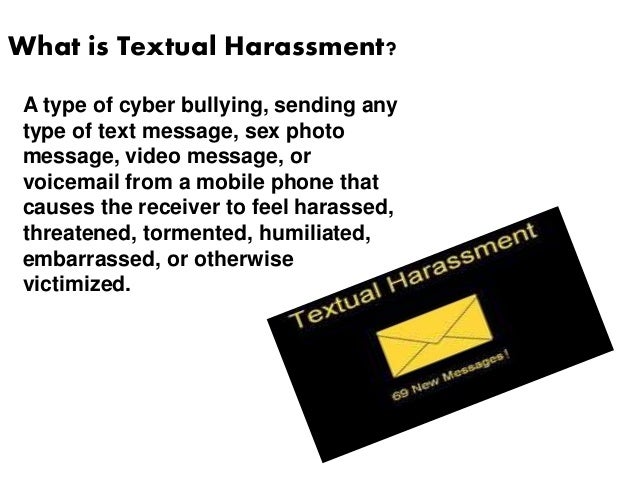


An exploration of the political and cultural contexts of Coke's report explains the possible motives for establishing the Rule and phrasing it in such manner. De facto it can be seen as actively creating and then taking into account a manufactured context - one that does not exist and is deeply patriarchal. It is further argued that the choice to exclude the context is far from a mere omission.

Coke's words and phrasing, it is proposed, should not be read as incidental choice of language, but rather as carefully planned and, as such, reflective of the dominant values of the legal culture within which they were written. The article further presents a close reading of the most influential paragraph in Sir Edward Coke's report of the Case. This method reveals, for example, rare maps and romantic stories which lead to a critical look at the Rule's total exclusion of context and helps to expose its gendered nature. To examine this Case, the article suggests the use of Legal New Historicism - researching both human and non-human actors who played a role in this Case, and re-narrating the story of Isabel, the Countess of Rutland. Unexplored aspects of the roots of the Rule are illuminated through an in-depth investigation of the first case of the contractual Parol Evidence Rule, the Countess of Rutland's Case (1604). The analysis presents a unique contribution to the heated debate regarding the desired levels of formalism and textualism in present-day contract law, by using New-Historicist tools. This article uses the occasion to offer a fresh interdisciplinary view of the Rule. This year marks the four hundredth anniversary of the Parol Evidence Rule, the rule that dictates that the interpretation of a written contract should be determined solely according to its text and not influenced by prior contradictory external information.


 0 kommentar(er)
0 kommentar(er)
